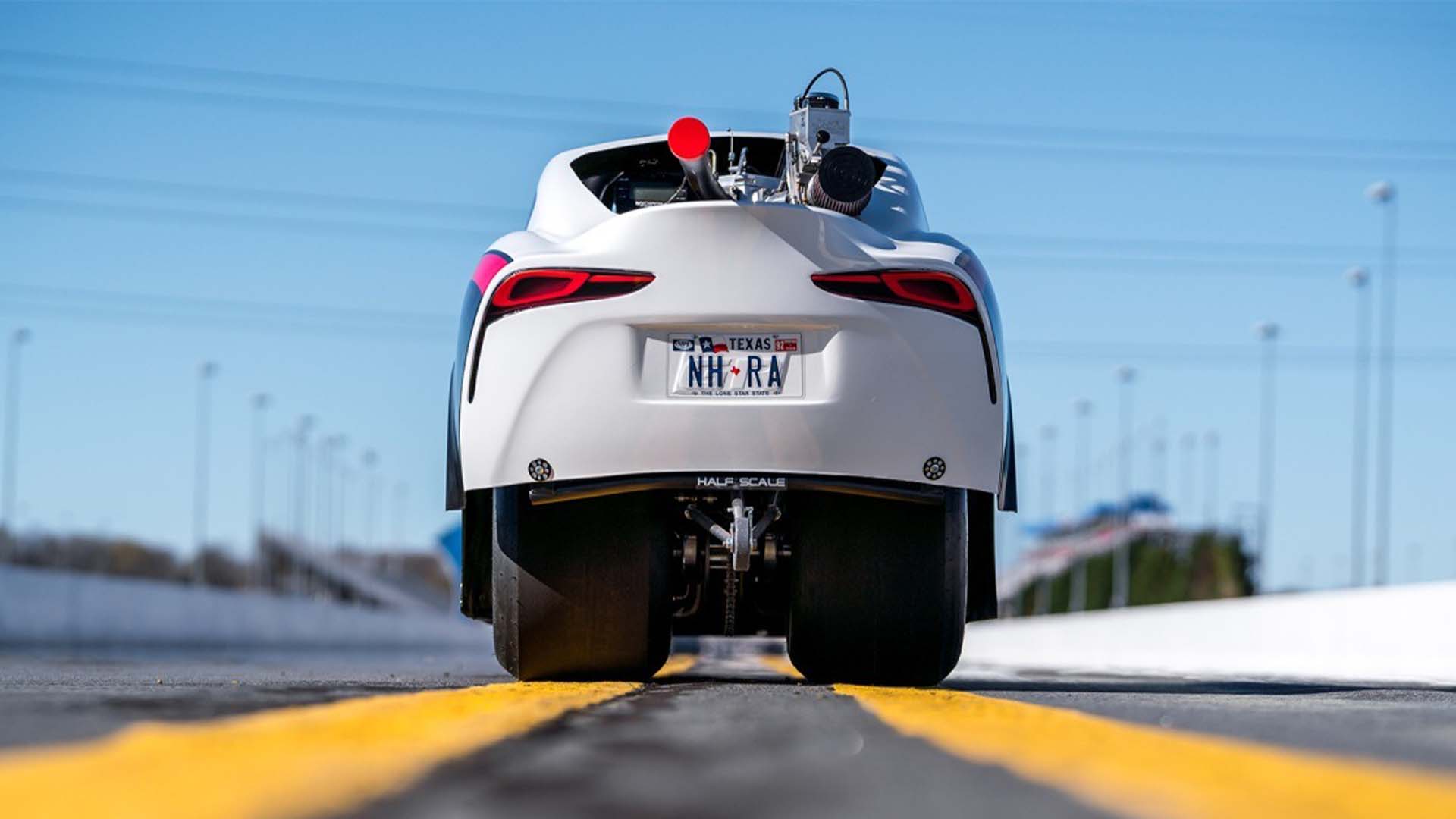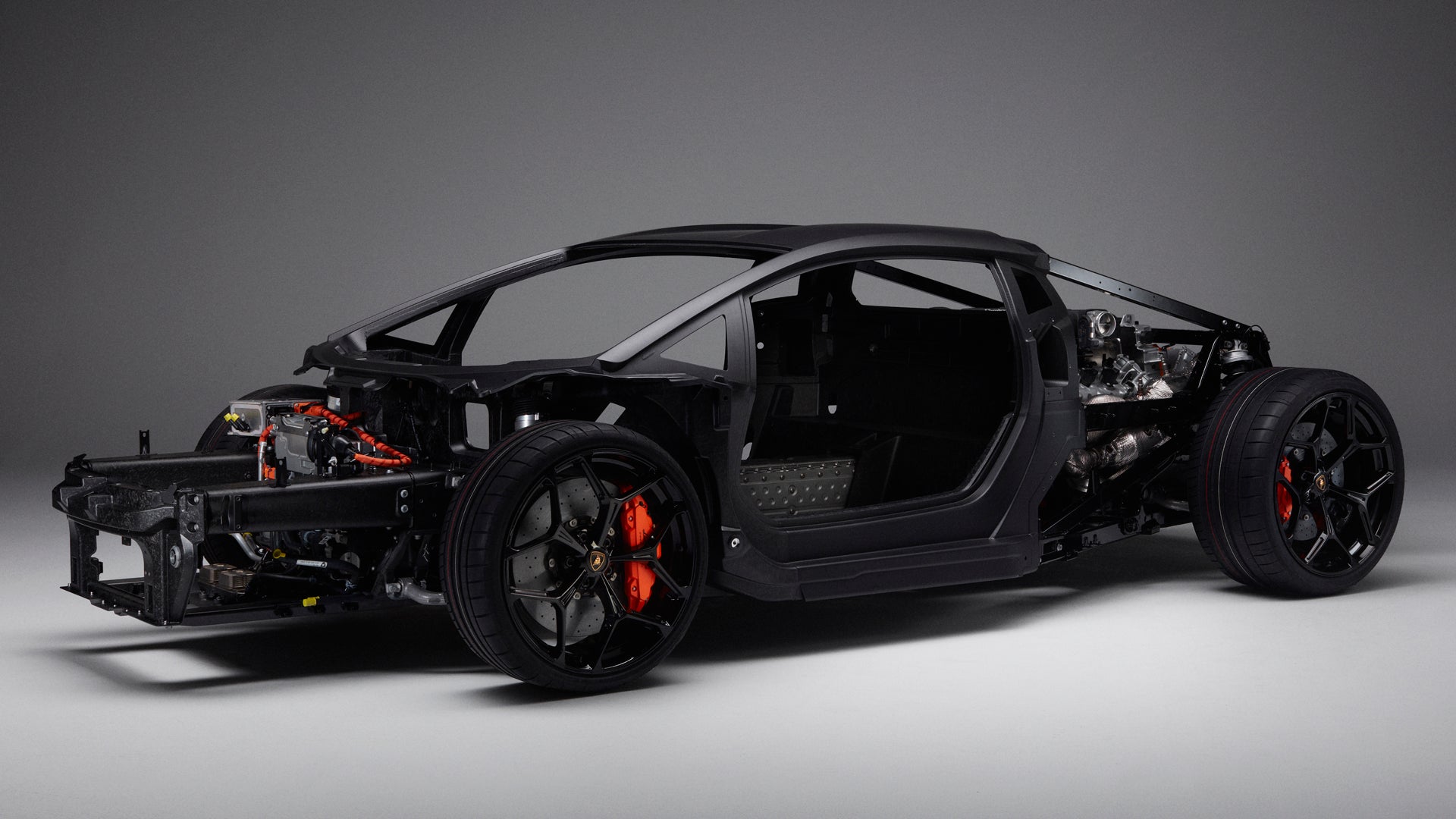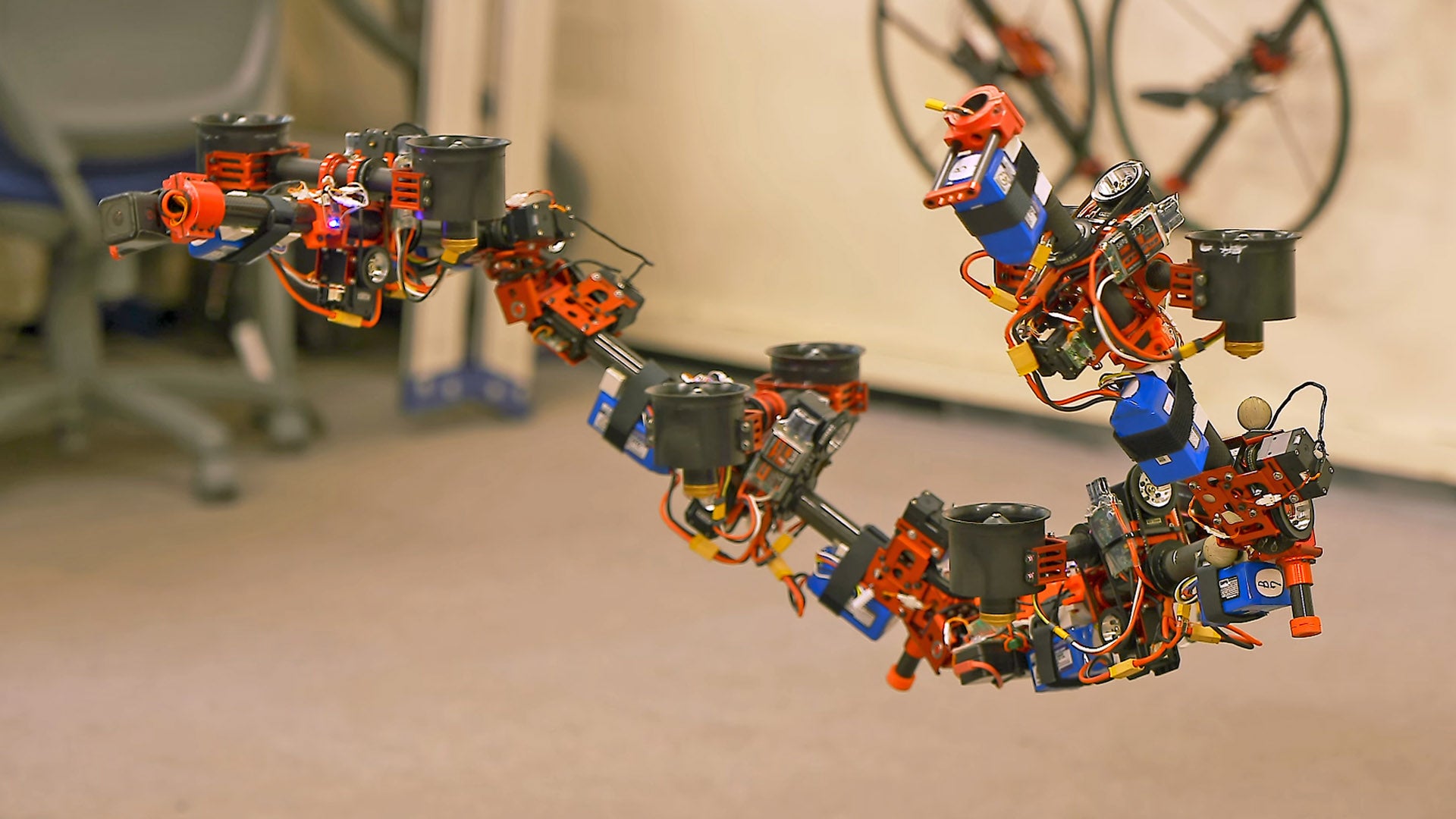We all shit – I know. As a former high-mileage Lyft driver, I got used to driving dozens of passengers who are clearly “venting the chambers” trying to buy themselves some time until they could waddle into their home bathroom and drop a deuce. I don’t know why they liked to pretend like I didn’t hear (or smell) what they’d done in my back seat. Whatever. I’d usually just roll down the window, and low-star them if they complain about the extra wind rushing in to vent out their funk.
I digress. My passenger’s digestion issues were usually temporary, as in theory, they could use the facilities wherever their destination is. For the driver though, it’s not that simple. Finding a clean, and comfortable restroom on the road is kind of hard.
What?
It’s a thing that most people don’t think about but is necessary. When the urge comes, where do you go? As a rideshare driver, I didn’t realize the seriousness of that question until I started driving full-time. Early in my rideshare career I only did part-time driving; a handful of shorter routes close to home. Back then, it was easy to drive home and use the restroom whenever I needed to. When I started doing full-time driving, I oftentimes found myself on longer runs, with destinations and spaces further away from civilization. On those drives, finding a bathroom was much harder.
You see, contrary to what Lyft and Uber show in their advertising, rideshare services are used for more than airport runs or weekend bar-hopping. At least in my market of greater Columbus, Ohio, I often found myself doing longer-distance rides that involved at least 35 miles of travel, sometimes more than an hour of driving time multiple times a week. Lyft and Uber have usurped taxi services for better or worse, and they’ve even made inroads taking market share of other transportation services as well. So, sometimes my rides would be taking people to and from the hospital or doctor’s office.
Fun fact: Some local hospitals and medical transportation services have opted to use Lyft or Uber over a medical van or even a taxicab. If you’re reasonably able-bodied and don’t have a ride, the insurance company will call a medical transport company, which will call a rideshare car, which in turn pinged me. I had my reservations about the fact that I was transporting recently discharged passengers – specialized medical transport drivers theoretically at least a little bit of experience caring for people who might need extra help, and I didn’t. Still, I didn’t mind taking the rides.
However, Columbus is the “big city” surrounded by farmland and country. Columbus has several world-class hospitals and specialists. For many in rural areas, traveling to Columbus is the only option to get healthcare.
Once again, enter Lyft and Uber – shuttling people sometimes nearly two hours each way, to see the doctor. It’s all good, like I said earlier, I liked doing these runs. Since rideshare users are paid per mile, per minute, longer rides generally are worth it. True, there’s deadheading back, but at least in my market, long drives still felt worth my time.
Hospital runs could come at any time of the day. Although most patients are discharged from the hospital during daylight hours, that’s not always the case. Some would be discharged late in the evening, sometimes as late as midnight. It became an all too familiar sight for me; driving and waiting at the pickup lane at the hospital, as a nurse pushes out a patient in a wheelchair, and they fumble into my back seat. Or the front seat, if they didn’t have good mobility. These late rides often had me driving more than an hour each way, in the middle of the night. When the ride was over, I’d find myself in the middle of nowhere, in the wee hours in the morning. Nature’s urges don’t care about daylight or where you are. If you gotta go, you gotta go.
So Where Do You Go?
When I was still driving, I had built up a tolerance and trained my body to be able to hold my bodily functions. Is that healthy? Probably not. Rideshare driving requires strategy, and managing restroom habits is a useful, but grim and dystopian strategy. One advocacy group cites dehydration and kidney issues (either from dehydration or holding urine) associated with rideshare drivers and other gig workers.
The fight for rideshare drivers to have a dignified restroom is often a key point of many debates about rideshare drivers’ rights. Just this year, drivers in LA have complained that there are only a handful of gross port-a-potties that are supposed to service hundreds of rideshare drivers in the queue to pick up passengers at LAX airport. As funny as it may sound, finding a clean and dignified place to use the restroom is important.
Anyway, I have plans and strategies to find clean and comfortable restrooms on the road. After I drop off the passenger, I’d put my plan into action. To start, I’d try and drive myself to the nearest standalone Starbucks, even if it was in the wrong direction of my house. It’s gotta be a standalone Starbucks, as the ones attached to a Target or Kroger aren’t the same and they don’t always have their own bathrooms.
Starbucks is the holy grail of on-the-road pooping. Reliably, it has been a consistently safe and clean space for me to take a short break and grab a cup of coffee, or a chai latte in my case. The restrooms themselves are generally large, single-occupancy, and have the best sound deadening. Driving full-time doesn’t lend itself to the best diet, so finding a comfortable toilet to do my business is imperative. Starbucks’ staff is usually nice, and out of the four years I’ve been using Starbucks as a break from driving, I have rarely found an unacceptably dirty bathroom. Starbucks’ corporate policy, coupled with typically affirming service staff means that I almost always have felt comfortable being able to use the restroom as a black gay man. In fact, because of some high-profile racist incidents in the past, it’s now the company’s corporate policy to let anyone use the restroom.
If I couldn’t find a Starbucks, a hotel lobby was my runner-up. I know that the feeling of walking into a hotel where you’re not staying can trigger anxiety in a lot of people. It can feel like you don’t have a reason to be there, and maybe it’s a bit awkward at first. But I promise you, just walk inside. Hotel lobby restrooms are generally clean. Hotels themselves are also nearly always open 24/7, so they’re always available for the bathroom, even late. Most front desk clerks do not care or don’t notice if you use the public restroom in the lobby. If you’re unsure, just ask. Keep in mind I’m talking about big chain hotels, not the mom-and-pop style small motels.
If neither of those options was available, the next down the list would be a grocery store or any other big-box retail store. In a rural area, one thing is constant: Walmart. Walmart is 24 hours, Walmart is eternal, and no one cares what you do in a Walmart. Of course, that’s a double-edged sword because the employees don’t care about that bathroom, either. The public restrooms in most grocery stores are hit or miss. Sometimes, it may be pristine, well-stocked, and sweet-smelling. Other times, every surface will be sticky and grimy. The bathroom might leave you with an unshakable lingering odor of piss that hangs in your nose, even seven minutes after you’ve driven away. There might be shit smeared on the floor. Or the walls. Or the ceiling? How did someone get shit on the ceiling!?
If I couldn’t find any of those, I’d do my best to hold it until I arrive home. After four years of driving, I’ve never had an accident, and I intend on keeping it that way. Sometimes it just comes down to intuition, if I had an inkling that a ride would be too long or that I would need a restroom soon, I would cancel the ride request.
What About COVID-19?
I’m thankful for no longer have to do rideshare driving anymore to make ends meet. Also, things seem to be returning to pre-pandemic normal, for better or worse. More places are open, and it’s easier to find a bathroom now, than it was, say six or seven months ago.
Back in mid-2020, it was pretty grim – most places had closed their public restrooms entirely. When I was still rideshare driving during the pandemic, I had to be even more strategic with how I drove. Venturing too far from home with my deliveries required knowing my body, and knowing where I could go.
There are a couple of apps out that are supposed to show drivers safe places to use the restroom during COVID, but neither was rated highly when I looked into them. One of the apps only works in the LA area, which isn’t much use to me here in Ohio.
I can only imagine that all of the problems I’ve written about here are much more pronounced in bigger cities with less parking and worse traffic.
When the U.S. was on lockdown in March and April of 2020, nearly every public restroom was closed. That meant I had to structure my day so that I could run home and use the restroom if I needed to. It’s not too bad, as my house isn’t too far from the city, so it isn’t as out of the way compared to other drivers. Some drivers live in rural areas and drive into the city to work. For them, driving home to use the restroom could be more than an hour one way. Even for myself, the act of having to take an extended break and drive home and use the restroom was a hindrance to earning money.
I hope people don’t forget about rideshare drivers’ dignity. A lot of us have been out on the road busting our asses and helping to keep the world moving. As gross as it is, everyone deserves a safe and comfortable place to take a dump. Next time you’re far from home or hustling in your car all day, keep my tips in mind when you’re looking for relief.









